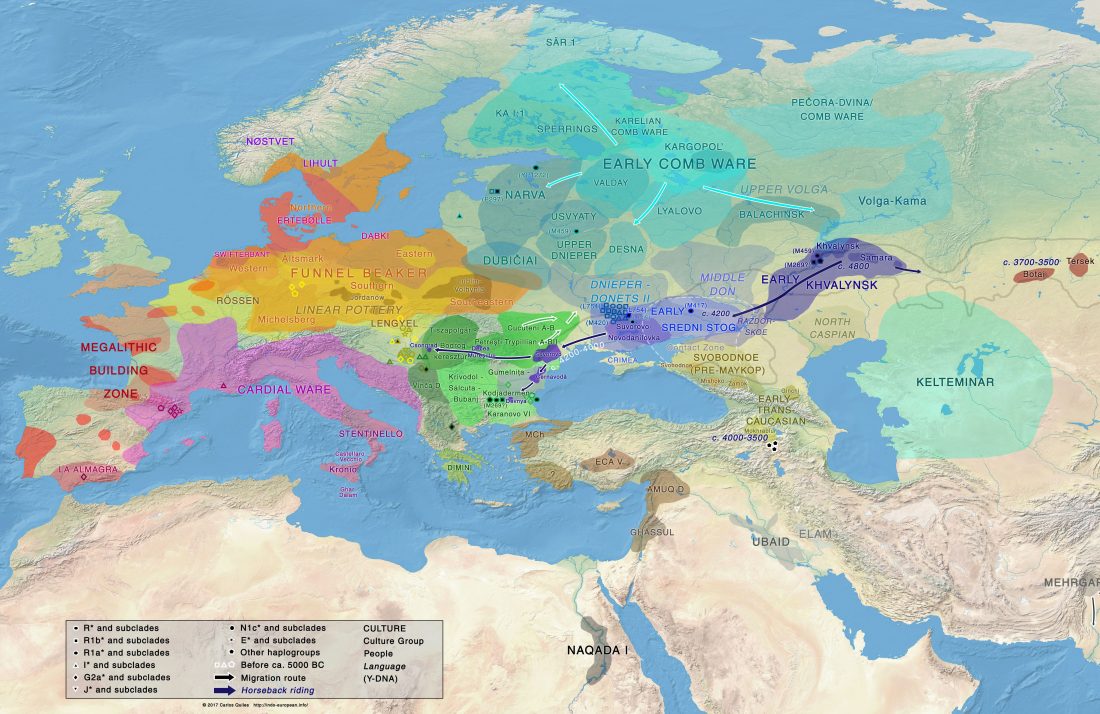Interesting open access article Integrative studies of cultural evolution: crossing disciplinary boundaries to produce new insights, Oren Kolodny, Marcus W. Feldman, Nicole Creanza, Philos. Trans. Royal Soc. B (2018).
Abstract:
… Read the rest “Integrative studies of cultural evolution: crossing disciplinary boundaries to produce new insights”Culture evolves according to dynamics on multiple temporal scales, from individuals’ minute-by-minute behaviour to millennia of cultural accumulation that give rise to population-level differences. These dynamics act on a range of entities—including behavioural sequences, ideas and artefacts as well as individuals, populations and whole species—and involve mechanisms at multiple levels, from neurons in brains to inter-population interactions. Studying such complex phenomena requires an integration of perspectives from a diverse





 Article 2
Article 2